Maximizing Potential: Exploring the Advantages of Mainlining Cannabis
Cannabis cultivation has evolved significantly over the years, and enthusiasts are continually seeking innovative methods to enhance yields, potency, and overall quality. One such technique that has gained popularity among growers is mainlining. Mainlining is a training method that involves meticulous pruning and shaping of the cannabis plant to create a symmetrical structure with multiple main colas. This technique aims to optimize light distribution, increase bud sites, and ultimately boost yields. In this comprehensive guide, we will explore the advantages of mainlining cannabis growth techniques and provide a step-by-step approach for implementing this method successfully.
I. Understanding Mainlining Cannabis
A. Overview of Mainlining
Mainlining, also known as manifold training, involves shaping the cannabis plant to form a “mainline” structure with a uniform canopy and multiple main colas. This technique is rooted in the principles of topping and low-stress training (LST), combined with strategic pruning to create a well-balanced and efficient growth pattern.
B. Key Components of Mainlining
Topping: Topping is a fundamental technique in mainlining that involves removing the apical meristem, or main growth tip, of the plant. This encourages the development of multiple main colas by redirecting energy to lower nodes.
LST (Low-Stress Training): LST involves gently bending and securing branches to manipulate the plant’s growth pattern. This technique is used in conjunction with topping to create an even canopy and expose lower branches to more light.
Strategic Pruning: Mainlining relies on precise pruning to remove unwanted growth and direct energy toward the main colas. This helps maintain an open structure that facilitates optimal light penetration and air circulation.
II. Advantages of Mainlining Cannabis
A. Enhanced Light Distribution
One of the primary advantages of mainlining is the efficient use of light. By creating a symmetrical structure with multiple main colas, each cola receives more direct light exposure. This results in improved photosynthesis, leading to healthier and more productive plants.
B. Increased Bud Sites
Mainlining promotes the development of numerous bud sites along the main colas and secondary branches. This abundance of bud sites translates to a higher yield at harvest. The evenly distributed colas also ensure that each bud receives adequate light, promoting uniform development and potency.
C. Improved Air Circulation
The open structure of mainlined plants facilitates better air circulation, reducing the risk of mold, mildew, and other common issues associated with poor ventilation. Improved airflow also helps maintain optimal humidity levels, contributing to overall plant health.
D. Simplified Harvesting
The mainlining technique creates a uniform canopy with evenly spaced colas, simplifying the harvesting process. All main colas mature simultaneously, allowing for a more efficient and streamlined harvest. This uniformity also makes it easier to gauge the readiness of the entire crop.
E. Adaptability to Limited Space
Mainlining is particularly advantageous for growers with limited space. The controlled, compact shape of mainlined plants makes them suitable for both indoor and outdoor cultivation, maximizing space utilization without compromising on yield.
III. Implementing Mainlining: A Step-by-Step Guide
A. Selecting the Right Strain
Choose a cannabis strain that responds well to training and has a bushy growth pattern. Indica-dominant strains or hybrids often work best for mainlining due to their naturally compact structure.
B. Germination and Early Growth
Start with healthy seeds or clones and germinate them in a suitable medium. Allow the seedlings to develop a few sets of true leaves before initiating the mainlining process.
C. Topping
Around the third or fourth node, carefully remove the apical meristem by cutting just above the node. This encourages the growth of two new main stems, initiating the mainlining structure.
D. LST (Low-Stress Training)
As the new branches grow, gently bend and secure them using soft ties or gardening wire. This helps create a symmetrical canopy and exposes lower branches to more light.
E. Pruning
Regularly prune the plant to remove unnecessary growth, such as small shoots and fan leaves that obstruct light penetration. Focus on maintaining an open structure with an even distribution of colas.
F. Training Secondary Branches
Continue to train and shape secondary branches as the plant grows. Aim for a symmetrical structure with multiple main colas evenly spaced along the canopy.
G. Flowering Stage
Once the plant has reached the desired size and structure, transition to the flowering stage by adjusting the light cycle. Monitor the plants closely during the flowering phase, providing adequate nutrients and support as needed.
H. Harvesting
Harvest when the majority of trichomes have reached the desired level of maturity. Since mainlined plants typically have a uniform canopy, all main colas should be ready for harvest around the same time.
Mainlining cannabis is a rewarding and effective technique for maximizing yields, potency, and overall crop quality. By combining topping, low-stress training, and strategic pruning, growers can create a well-balanced and efficient growth structure. The advantages of mainlining, including enhanced light distribution, increased bud sites, improved air circulation, simplified harvesting, and adaptability to limited space, make it a compelling choice for both novice and experienced cultivators. As with any cultivation method, careful attention to detail, regular monitoring, and proper care are essential for success. By incorporating mainlining into your cannabis cultivation repertoire, you can unlock the full potential of your plants and elevate the quality of your harvests.















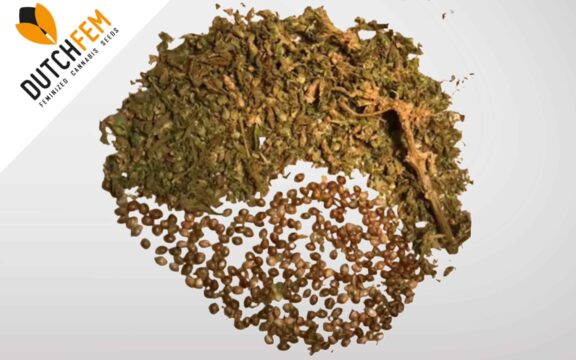





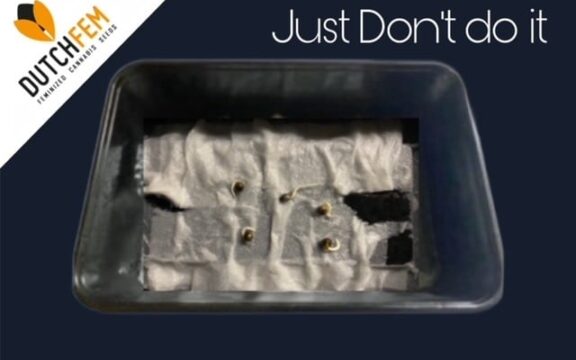
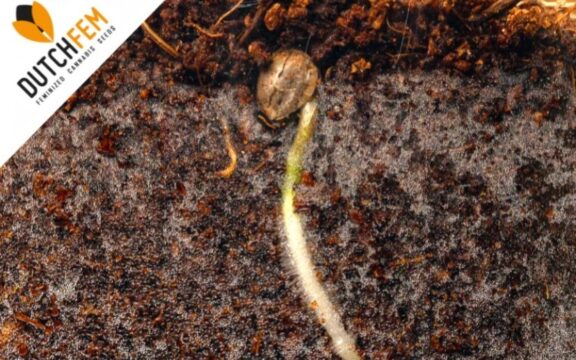







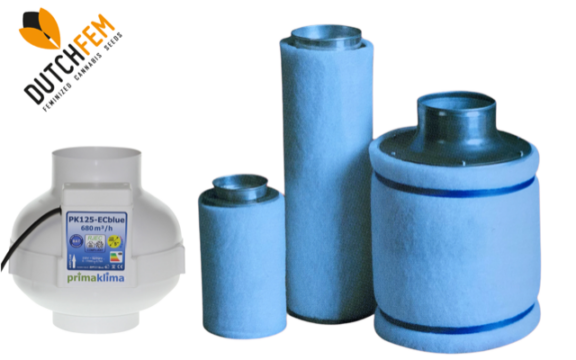










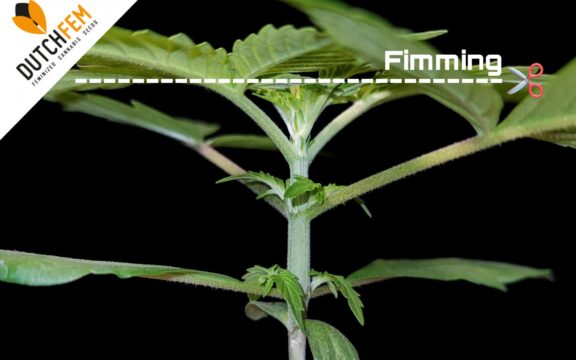




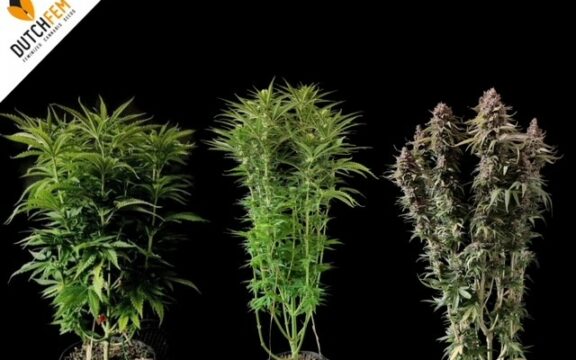





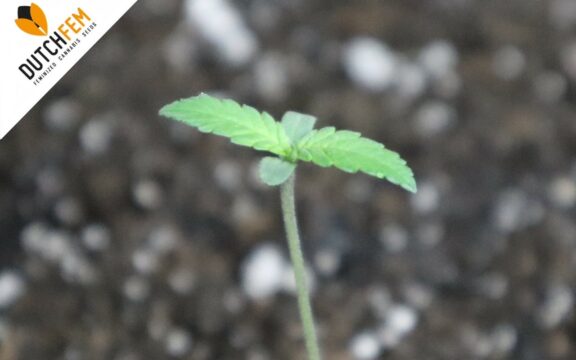

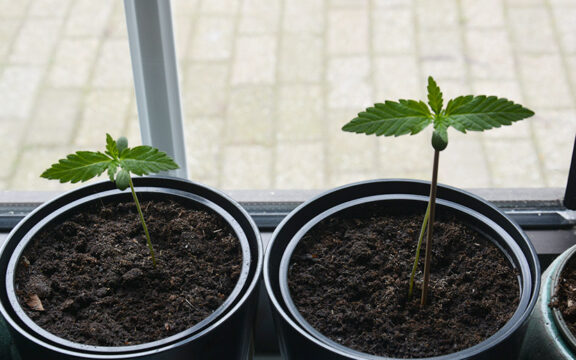
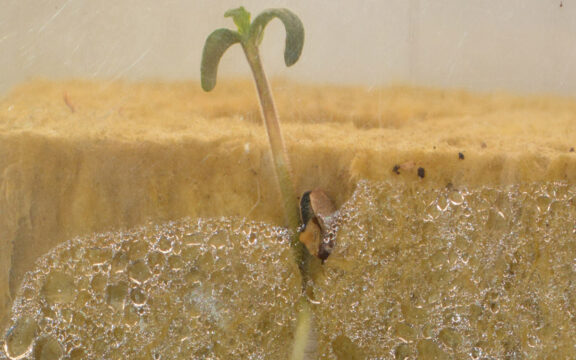




You must be logged in to post a comment.